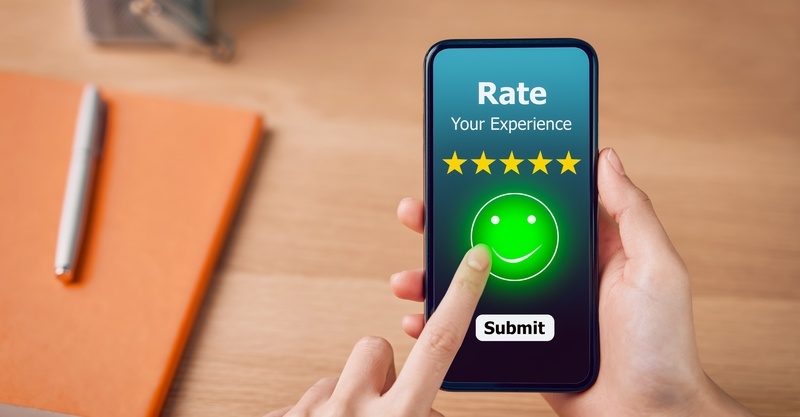The COVID-19 pandemic expedited a growing change in healthcare: patient expectations. Suddenly, spending time in waiting rooms wasn’t safe, online communication became paramount, and telehealth appointments became the safest way to receive daily healthcare.
Combine the pandemic with rising out-of-pocket costs and high-deductible health plans, and the landscape of healthcare is changing. Patients have come to expect their healthcare experience to mirror how they interact with every other business sector: they want convenience, and they want to be digital-first.
So, if convenience is key for healthcare consumers, where do you start? One simple place to begin is to look at their first touchpoints with your business: booking an appointment.
It takes each patient an average of 8 minutes to book an appointment over the phone. However, 60% of people surveyed said they won’t stay on hold longer than 1 minute, and one-third of the patients you put on hold will never call back.
70% of patients search online before they book an appointment. Healthcare is changing, and you can be at the forefront of modernizing patient appointment scheduling to set your practice apart.
Online patient scheduling saves your staff time
Your staff is bogged down by a couple of flaws in non-digital workflows: phones that ring constantly and manual data entry. Once you make the switch to online appointment scheduling, your office will realize huge gains in your workflow efficiency.
Front desk staff spend, on average, 10 hours per week scheduling and confirming appointments.
Patients can schedule and reschedule their appointments online, which almost completely eliminates the need to call into your office. It takes 8 minutes to book an appointment by phone, but only 4.2 minutes online1. Patients can book 50% faster online than they can on the phone. And you can’t forget that you’re also saving your staff those 8 minutes, too.
You can still protect your particular booking strategies by allowing specific appointment types to be booked online.
Digital registration and consent take your workflow efficiency one step further. It’s a simple way to deliver a modern patient experience and improve the patient intake process. Patients can fill out all important information, including HIPPA and consent forms before they come in for their appointment. This makes their booking flow more efficient, and it saves your staff time spent on manual data entry. Solv's paperless registration saves staff 17 hours per month.
Online patient scheduling is proven to decrease no show appointments
The average no-show rate historically hovered under 19%— during COVID, no-show rates soared to almost 40%. The bottom-line impact of no-show appointments can be over tens of thousands per month, but no-shows also affect delivery, resource planning, and cost of care.
While phone calls have traditionally been the way providers follow up with patients, phone call reminders have not meaningfully reduced no-show appointments. Text reminders are the way patients have come to expect this type of communication.
Text reminders allow patients to easily confirm and cancel appointments without placing this burden solely on your front desk staff—reducing the number of phone calls and improving the level of care and attention your front desk staff can give to patients in-office.
“But my EHR has appointment scheduling. They have a patient portal.”
Sure, patients can request appointments through the EHR patient portal—but when you think about that patient experience, is it truly better than calling in? Patients request an appointment and wait for a callback from your front desk to schedule—it’s really not saving anyone any time. Appointment request forms or voicemails inevitably lead to a game of phone tag between your front office staff and the potential patient.
EHRs aren’t designed for streamlined patient communication, so they simply don’t do it well. Patient portals have low adoption rates because patients aren’t finding them useful for communicating with their doctors.
Medical offices are seeing more success in connecting online appointment booking seamlessly with their EHR. It should show real-time availability for each provider in your practice and be able to handle the complexity of scheduling different appointment types.
"I don't want to do scheduling because I don't want to lose control."
In the past, online appointment booking tools haven’t been customizable, so they end up being a nightmare for the office staff—requests not bookings, doubling bookings, booking in the wrong time slot, etc. What you need is a solution that lets patients book the right type of appointment, at the right time, with the appropriate provider.
Online patient appointment scheduling is similar to booking a flight. The consumer chooses a specific flight that fits their needs from a list of flights on the days and times that the airline has provided—the consumer doesn’t dictate the flight schedule. That’s what we’re doing for healthcare providers.

1 Source: Solv internal data




